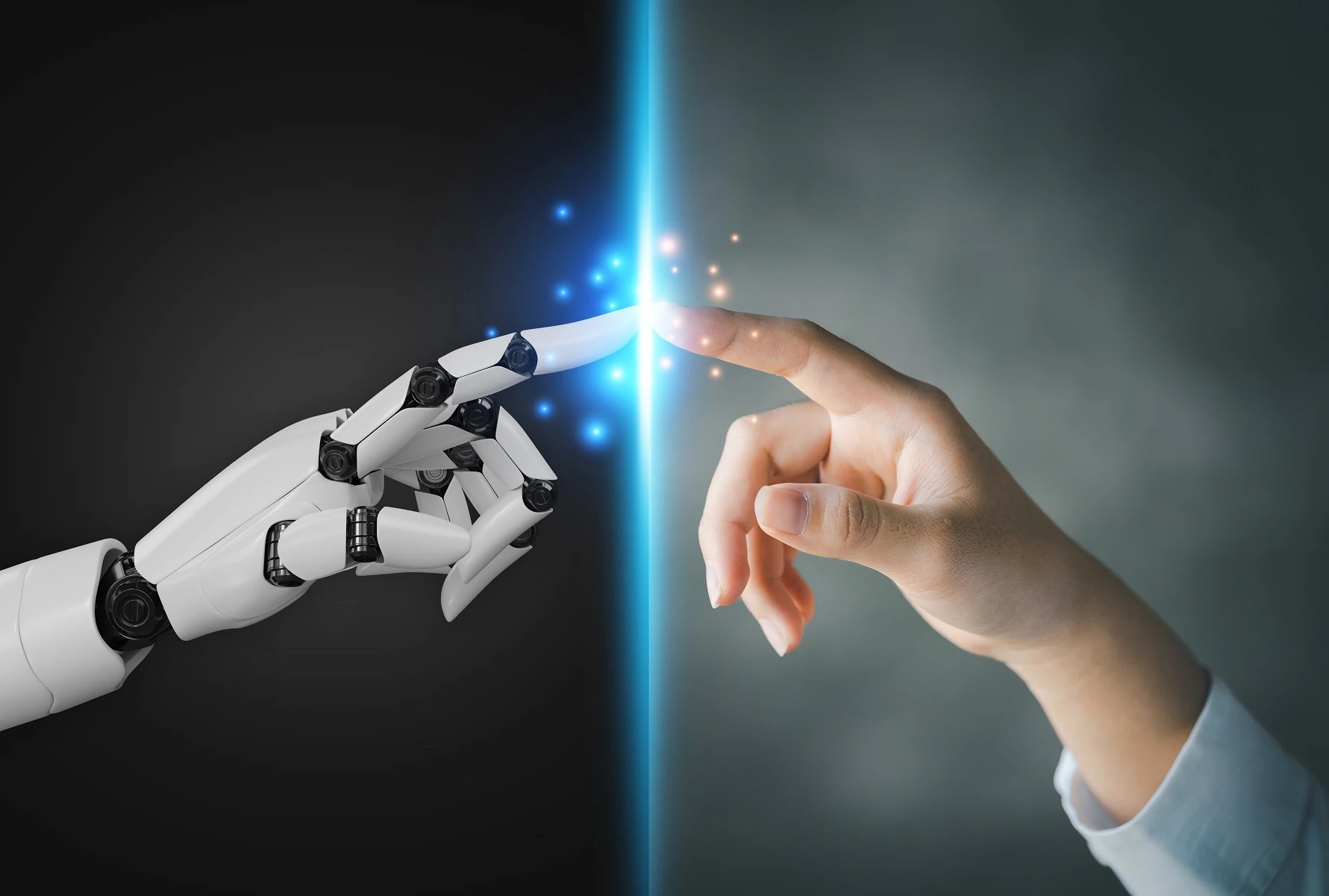
Why Meta is Developing a Robotic Hand: Exploring the Future of Technology and Human-Computer Interaction
1. Improving Human-Computer Interaction (HCI)
Meta’s focus on the metaverse highlights a critical need for enhanced human-computer interaction. For people to truly feel immersed in a virtual world, they need to be able to interact with it in a way that feels natural and fluid. Robotic hands are a step toward more intuitive interactions with virtual and augmented realities, where users might engage with objects in 3D environments as if they were real. The goal is to bridge the gap between physical and digital experiences, making the metaverse more accessible and immersive.
The human hand is capable of an incredible range of motions, from precise tasks like threading a needle to powerful ones like lifting heavy objects. Replicating such versatility in robotics opens doors for more realistic and tactile virtual experiences, where users could “feel” and manipulate objects in virtual space.
2. Advancing Tactile Feedback and Haptics
Another significant reason behind Meta’s development of a robotic hand is to enhance haptic feedback technology. Haptics allows users to feel sensations through a device, but most current applications are limited to simple vibrations or taps. A robotic hand with advanced tactile sensors could provide more complex, realistic feedback. Imagine reaching out to touch a digital surface and actually feeling its texture, weight, and resistance. This advancement could profoundly impact gaming, education, medical training, and even remote work in the metaverse.
In medical simulations, for example, precise tactile feedback can help medical students practice complex surgeries with a high level of realism. Meta's investment in robotic hands with enhanced haptics has the potential to bring such technology to various sectors, making training and experiences more life-like and impactful.
3. Contributing to Robotics and AI Research
Robotic hands are one of the most challenging areas of robotics. The complexity of human hands—capable of both fine motor skills and brute strength—presents a monumental challenge for robotics engineers. Meta’s work on robotic hands also serves as a platform for broader AI and machine learning research. Teaching robots to perform complex, delicate tasks autonomously or through human guidance could lead to breakthroughs in other robotic applications, from household robots to industrial automation.
Additionally, AI-driven robotic hands could learn from human demonstrations. For example, a human operator could guide the hand through tasks, with the AI learning and eventually replicating these movements autonomously. This technology might one day support individuals with disabilities, aid in complex surgeries, or contribute to precision tasks in hazardous environments where human intervention is risky.
4. Enhancing Accessibility and Assistive Technology
A long-term benefit of robotic hand development is its application in assistive technology for people with physical disabilities. A robotic hand that can mimic human movements could be integrated with prosthetic limbs, significantly improving quality of life for individuals who have lost hand function. Meta’s research into robotic hands might accelerate the development of more advanced, responsive, and affordable prosthetics. By pushing the boundaries of robotics, Meta may contribute to assistive technologies that give individuals a greater sense of independence and ease in their daily lives.
5. Future-Proofing the Metaverse
Meta’s ambition to create a fully immersive metaverse isn't just about VR headsets and digital avatars. The long-term vision includes remote interactions that mimic physical presence. Robotic hands could be part of a future ecosystem where individuals can “teleport” into virtual environments and interact with them remotely, as if they were physically present.
For example, a business meeting held in the metaverse could involve handling virtual objects that are, in turn, linked to robotic hands in a remote location. Such technology could make remote work in fields like engineering, manufacturing, and healthcare more hands-on, fostering a closer approximation of in-person interaction.
Meta’s decision to develop a robotic hand stems from its broader vision of merging the digital and physical worlds. By creating lifelike robotic hands, Meta is addressing key challenges in human-computer interaction, haptics, robotics, and accessibility, while also laying the groundwork for the metaverse. This technology has potential applications far beyond virtual reality, extending into fields as diverse as healthcare, remote work, education, and accessibility. Whether Meta’s efforts lead to a practical, everyday application in the short term or a long-term revolution in how we interact with technology, the development of a robotic hand signals a bold commitment to shaping the future.